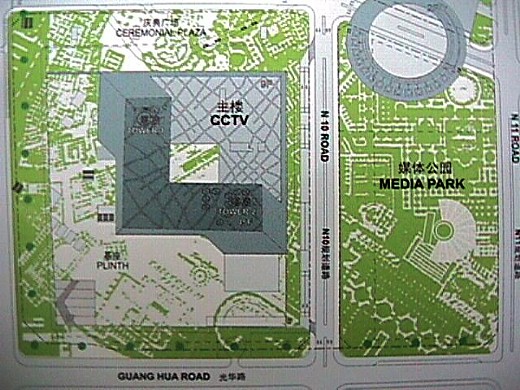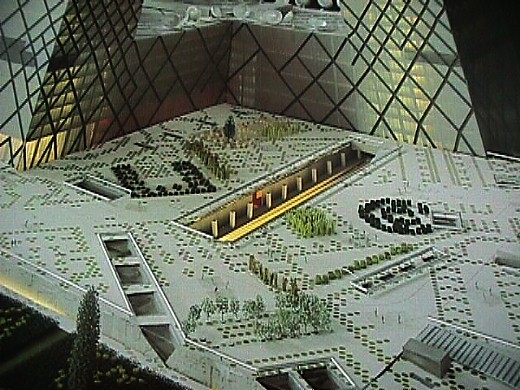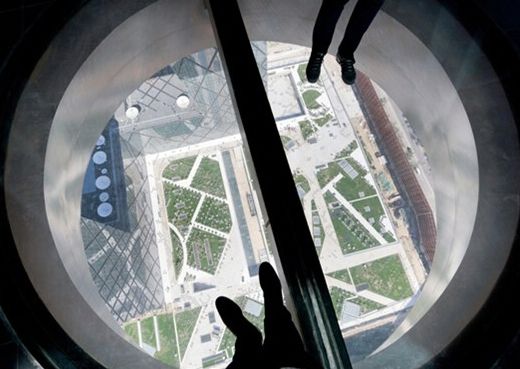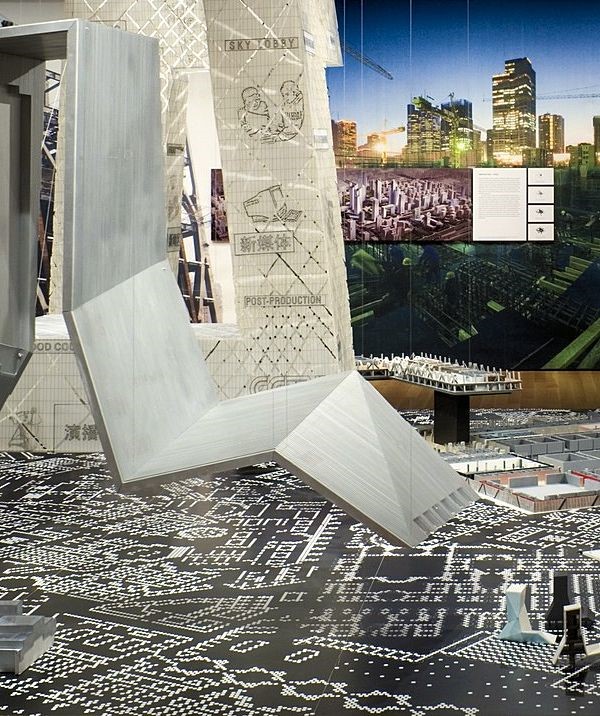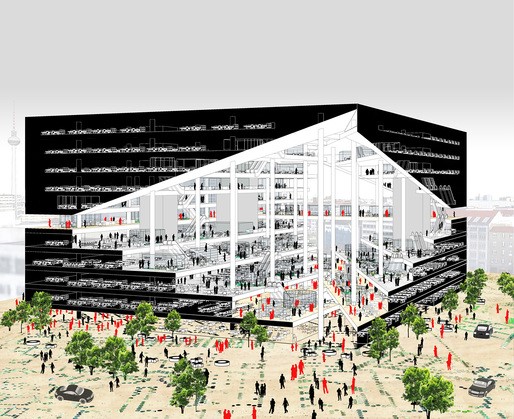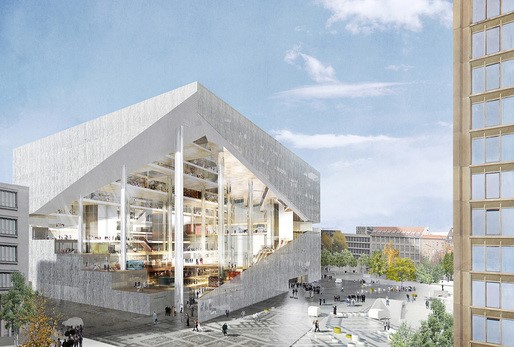dies sanquinis
1998.09.24
It was throughout the month of April 1998 that I translated all the Latin labels that Piranesi positioned next to the hundreds of building plans within the Ichnographia Campus Martius, a large map/plan of ancient Rome's Campus Martius "reconstructed". I used E. A. Andrews' A New Latin Dictionary of 1907 (a book about one and a half times the size of Koolhaas' S,M,L,XL) to do the translating, and this exercise proved extremely fruitful because I am now wholly knowledgeable of, if not an expert on, the "program" of every building that Piranesi delineated within the plan that at least one scholar deemed incomprehensible.*
After learning the meanings of over four hundred Latin words, beginning with abeo:
- to go from, to go away, depart
- to pass away, so that no trace remains, to disappear, vanish, cease, of man: to die
- to be changed from one's own ways or nature into something else, to be transformed, metamorphosed
- to pass with their whole body into another
and ending with xystus:
- among the Romans, an open colonnade or portico, or a walk planted with trees, etc., for recreation, conversation, philosophical discussion, etc.,
there is one definition that stands out in my mind more than any other. To my surprise, I found out that the god Mars, for whom the Campus Martius is named, had a sister, and her name was Bellona:
the goddess of war, sister of Mars, whose temple, built by Appius Claudius Caesus in the ninth district of the city, was situated not far from the Circus Flaminius -- a place of assemblage for the Senate for proceedings with persons who were not allowed entrance into the city. Her priests, Bellonarii, and priestesses were accustomed, in their mystic festivals, especially on the 20th of March, (hence dies sanguinis), to gash their arms and shoulders with knives, and thus offer their blood.
* Manfredo Tafuri, in Architecture and Utopia (p. 15), states that "Piranesi's Campo Marzio . . . is an experimental design and the city, therefore, remains an unknown." Tafuri's conclusion of the large plan's "unknowability" is clearly an error.
| |
Complex Iconography and Contradictory Content in Architecture
2006.03.17 09:22
...looking for all the instances where Koolhaas/OMA use the Ichnographia Campi Martii as floorpaper within the presentations of some of their projects. So far there's: Schiphol S, Extension to the MoMA and CCTV.
| |
Piranesi/Construction of Merveilles
2009.01.13
from Roberto Gargiani, Rem Koolhaas/OMA: The Construction of Merveilles (2008):
p. 106-7: The Study of the areas potential was based on the method applied for the IJ-plein, inserting different urban fabrics, from the primitive villages favored by Van Eyck to Pompeii and the Campus Martius of Piranesi, taken as a chaotic form of the Culture of Congestion.
p. 217: While fragments of Piranesi's plan of the Campus Martius glued onto the plans of his projects are used by Koolhaas to allude to the chaotic density of edification typical of the Culture of Congestion, the Nolli plan is used as an example of the public urban space obtained by excavating a private edified block. In the interpretation of the poché--called into play not directly but through the example of the Nolli plan--there is a sculptural accentuation foreign to the idea of poché of Kahn and Venturi, and closed to the idea developed by Rowe and Krier. Koolhaas did not directly discuss the term poché and its sculptural implications until the end of the 1990s.
p. 219: These Blocks alternate with voids, known as "joints", "in-between domain", continuous event space, and set aside for cafes, restaurants, video, reading, performances, temporary exhibitions. The activities for the "joints" are another expression of the Culture of Congestion, for which the formal model of the Campus Martius of Piranesi is presented as an example.
p. 231: "All Generic Cities come from a tabula rasa: if there was nothing, now they are there; if there was something, they have replaced it. They must be so, otherwise they would have a historical character." The Campus Martius of Piranesi, the "continuous plane" of No-Stop City, the Supersurface and the "city-archipelago" are behind this form of the Generic City, which is without urban fabric, just as in the visions of Piranesi, Archizoom, Superstudio and Ungers.
p. 239: The Hyperbuilding includes more Bigness and reflects a size not covered by S,M,L,XL, somewhere between Large and Extra Large, between Bigness and the Generic City. It is a mass of 5 million square meters for 120,000 inhabitants, taking on the configuration of a visionary skyscraper-city, like the projects of Constant, of Metabolism, or those of Hood for Manhattan (in the working drawings, the Rome of Piranesi makes a telling appearance).
p. 313: For the ground area around the CCTV and the TVCC--the Media Park--OMA experimented with reproductions of historic plans, a technique the group has often applied in the development phase. The lines of the old plan of Rome drawn by Piranesi were transformed into pixels with a diameter of 120 centimeters to create an archaeological park (each circle could be an architectural, botanical or urban furnishings element).
|
